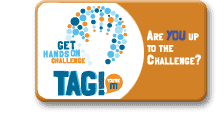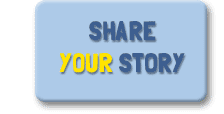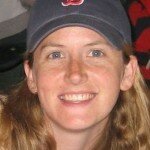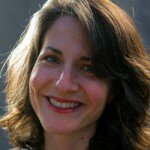 This week NBC is hosting Education Nation, a nationally broadcast, in-depth conversation about improving education in America and we’re participating by sharing resources for volunteering in schools.
This week NBC is hosting Education Nation, a nationally broadcast, in-depth conversation about improving education in America and we’re participating by sharing resources for volunteering in schools.
One significant way to help young people is to serve as a mentor.
A mentor acts as a guide to the larger world outside of school and home by helping students make positive life choices, opening their eyes to new ways of thinking about the world, setting good examples, and talking about all the possibilities life has to offer.
Mentors are a special type of volunteer, committed to helping students academically, socially, mentally, and physically.
Mentors are committed to spending the time and energy necessary to help young people by being a role model.
Becoming a mentor is a big commitment and requires more time than an ordinary school volunteer.
Mentors: 
- Listen effectively. In many cases, the mentor is the only person that the student has identified as one who will listen to his/her concerns and problems.
- Help the mentee set short and long-term goals.
- Help the mentee identify the positive things in his/her life.
- Convey that there is always “hope” and that the student’s situation can be turned around.
- Help the student develop personal interests outside of school.
- Help the student become involved in all aspects of school.
- Are sincere, committed, and punctual for scheduled meetings.
- Develop a level of trust with the student. The trust relationship established between the volunteer and the student is the foundation for a successful relationship.
- Are a positive role model. The student may not have any others in his/her life.
Mentors have many possibilities to positively affect a student’s life.
They may help guide or direct a young person toward thoughtful decisions, help the youth practice new skills, provide positive reinforcement, or listen to concerns and interests of the young person.
Here are a few ways to be a great mentor:
Help students to help themselves
There is a big difference between offering solutions and helping a student discover his/her own options.
Helping students develop positive decision-making skills will allow them to become independent and self-sufficient.
They will develop leadership skills and realize they are indeed in control of their future.
Help students with their problems
A mentor is there to assist with problems a student may be going through.
These may include: self-confidence, conflicts, attendance, peer to peer communication, or goal setting.
This doesn’t mean that the volunteer plays the role of counselor, social worker, or parent.
Volunteers are there to offer support, encouragement, and to give positive reinforcement.
This may require talking about a problem, asking lots of open–ended questions, listening, and giving the student some time and space to work it out for him/herself, while gently guiding them along.
Help students build self-confidence
Students are often unsure of themselves.
They do not know who they are or what they want to achieve.
Everyday students learn about the world around them.
They balance cultural issues between home and school while contemplating the past and future.
When volunteers care about their students and make them feel important, they can encourage students to take on new habits, ideas, and expectations.
Use statements to help build self-esteem:
- I like how you handled that!
- I see that you are making a real effort or trying very hard.
- I know you can do this!
- What are your thoughts or ideas about this?
Help students develop interpersonal skills
Mentors should model appropriate communication and behavioral skills to the mentee.
Students often do not know how to properly interact with adults who may look, speak, or act different from their peers.
A volunteer can teach little things such as looking someone in the eyes when speaking to them, speaking clearly, practicing good manners, and appropriately addressing adults.
Remember, students will learn by watching and interacting positively with role models.
To get more information or to find a project, visit HandsOn Network’s Education Nation site.
For more ways to get involved in schools, visit NBC’s Education Nation site.











 Also, did you know that October 23rd is Make A Difference Day,the largest, annual day of service?
Also, did you know that October 23rd is Make A Difference Day,the largest, annual day of service? by Megan Bartlett, Director of Research and Training,
by Megan Bartlett, Director of Research and Training, 
 It’s clear that Coach Nekia helped improve Tianna’s health, educational outlook and behaviour, but there’s also an impact that is far greater than the sum of its parts and immeasurable. What happens when the opportunity to play sports positively changes the course of a young person’s life? There is no way to quantify such a profound impact; the only way is to have Tianna, and others like her, tell their stories.
It’s clear that Coach Nekia helped improve Tianna’s health, educational outlook and behaviour, but there’s also an impact that is far greater than the sum of its parts and immeasurable. What happens when the opportunity to play sports positively changes the course of a young person’s life? There is no way to quantify such a profound impact; the only way is to have Tianna, and others like her, tell their stories.








